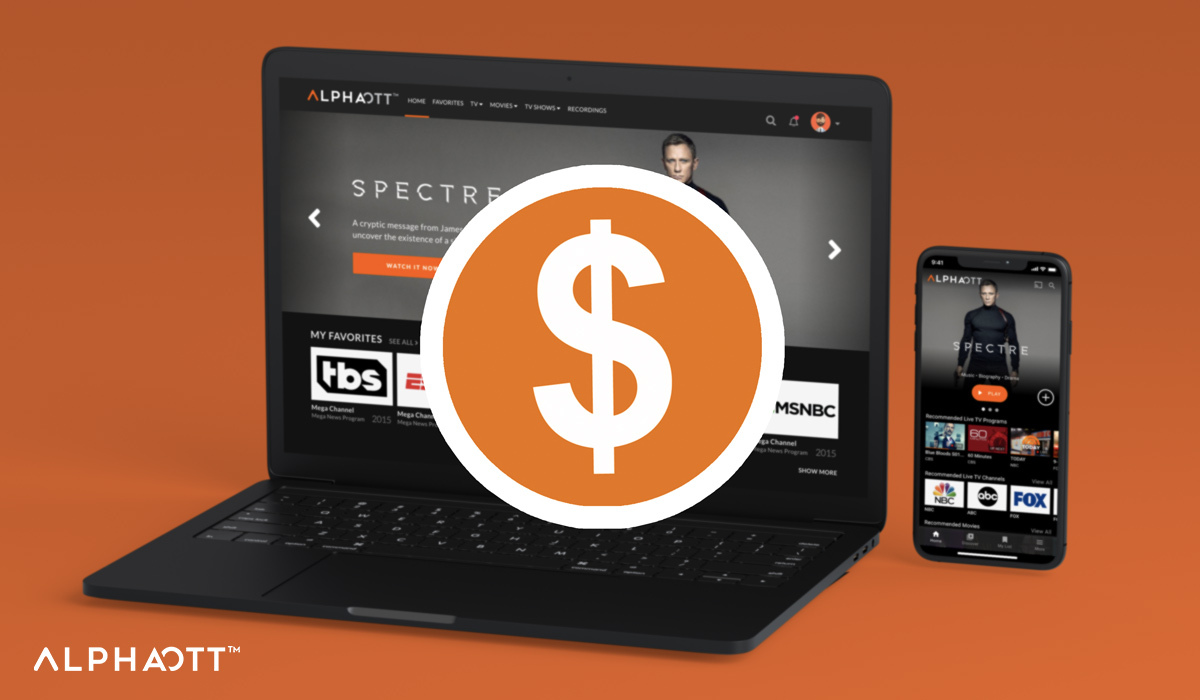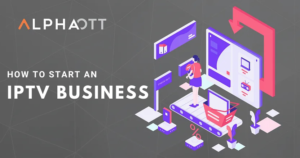Nowadays, OTT streaming solutions seem to stay ahead of media innovations. The main OTT advantage lies in accessibility, seamless possibilities and convenience for users. It is also a very affordable option that was used by 2,13 billion people in 2020. According to the Advertising & Media Outlook, users of this market are set to increase to as much as roughly 2.71 billion people globally by 2025. That makes the OTT market a dainty bit for people who are going to start their own OTT business.
If you have read our previous article, 5 Steps To Launch Your Own OTT Service, you know the first step you should take into consideration is to choose your OTT business model.
Revenue Models for OTT Monetization in 2021: SVOD, AVOD, TVOD and a Hybrid model. Too complicated? Let’s talk about them.
SVOD (Subscription Video on Demand)
Consumers pay a fee subscription and enjoy the content on your service any time they want during the paid period. This fee may be charged on a yearly, monthly, weekly, or daily basis.
This OTT monetization model provides an unlimited viewing experience for users and this is one of the most popular models, not only among content owners and providers but also among consumers. Yes, Amazon Prime, Netflix, and Hulu keep this business model.
AVOD (Advertising Video on Demand)
AVOD is a freemium model, which means access to the content is free for your viewers. So, it becomes more likely to garner a large audience. But how to earn money on AVOD? The answer lies in the question: advertising. An advertiser pays for placement on your OTT service to reach a target audience.
So, a variety of advertisements, sponsored content, as well as commercials with free content, are a good option for the AVOD model. You are able to add pre-roll, mid-roll, or post-roll methods of showing ads. The best examples of AVOD are YouTube, Facebook, Vimeo, and Instagram.
TVOD (Transactional Video on Demand).
TVOD platforms are pay-as-you-view systems. Users pay for the content only when they want to consume it. They pay for a single time access or a single watch. It may also be “pay per download” (PPD). If you are interested in such a model, have a look at Apple iTunes, Sky Box Office, and Amazon’s Rent. They all have a classic TVOD monetization model.
A Hybrid Model.
Hybrid Video on Demand combines the best of all worlds. So, you can use two or all three models, choosing one as the primary one. It can also be a touchstone for your marketing strategy. You can start with AVOD, then enable TVOD and create a SVOD segment on your OTT service. It is also highly beneficial when you have a diverse audience base and a vast library of content.
Conclusion
What revenue model for OTT monetization you choose is up to you and your platform. You should consider not only your business strategy but also your target group, your content offerings, and your technical possibilities. Yes, simply to say, everything should work well! And that’s one of the most important points in launching your OTT service.
Get in touch with AlphaOTT™ representatives to choose the right OTT revenue model suitable for your business and we will offer a step-by-step plan to launch it.
sales@alphaott.com or +1 (302) 502-0096
AlphaOTT™ has got you covered!



